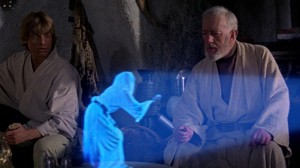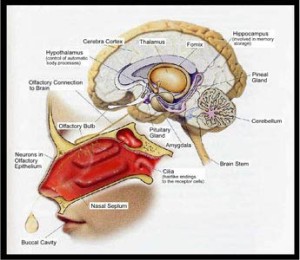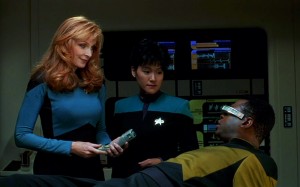A former classmate of mine from the George Washington University attended a meeting hosted by Eric Schmidt, former CEO of Google, some months ago.
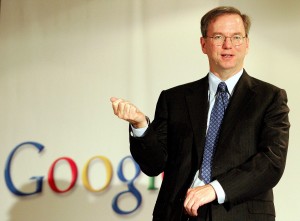
One of the members of the audience asked Schmidt what to expect from Google over the next 20-30 years. Schmidt hinted that we may see instant Google search results via some sort of chip embedded in our brains some day.
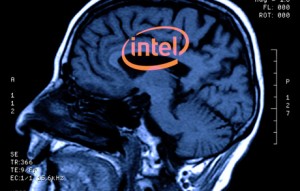
The fact that most of us can take this at least somewhat seriously, shows how much technology is progressing. 50 years ago this would have sounded like science fiction. What happens when something like this becomes science fact?
Instant Google search results in your mind will be the first step on the road to immortality for human beings. On that journey to immortality, our society and culture will forever be changed.
By the time we perfect the brain to chip interface, Google will have gone through many many advancements in search methodology and results listings. Search results will probably look very different from the way they do today. The search results will be more accurate and instead of getting pages and pages of results, you may only get 2 or 3 links that match EXACTLY what you are looking for. That is good news. You would not want your mind cluttered up with SPAM search results. All joking aside, what in the world would an internal, brain interface with Google search results be like?
The Change to Our Society and Culture
The times will be a’changin’ for specialists such as lawyers, doctors, engineers and the like. With the sum of all human knowledge readily available in our minds, all of us will “know” just about everything we need to know in order to prosper in society. The information will most likely not take the form of lists or links to scroll through. Rather, knowledge (search results) will appear as needed, if you opt in. For example, when you type a search now at Google…before you finish typing, guesses at what you are looking for start to appear automatically. Something similar to this could happen in a situational context.
Let’s say you find yourself in a situation with a pregnant woman who is going in to labor. The knowledge of how to deliver a baby will “come to you” seamlessly and you will be able to deliver that baby yourself. Not only will the technical details of how to do it be in the forefront of your mind, there may also be a little wisdom thrown in. The experiences of doctors may also be available to you. You’ll be able to pick and choose the methods and techniques you use to deliver that baby based on what went right and what went wrong for others in your situation.
Lack of schooling will no longer be a barrier for most occupations. When everyone has instant access to all information and instant access to “enough” online wisdom, most jobs that exist today will be able to be performed by anyone. The major exception will be creative jobs….maybe. When anyone can perform almost any job, people will gravitate to occupations that they want to do, not what they HAVE to do. A woman who just turned 18, could have her chip installed one day and then practice neurosurgery or law, competently, the next day. In fact she could be a doctor, lawyer, engineer and computer programmer all with the same ease.
The Road to Immortality
What makes us who we are? Our brains. Information will not be a one way street when it comes to the chips in our brains. In order to do the searches, that chip has to be able to read our minds on some level. As the technology improves, that chip will become better and better at reading our thoughts, storing our thoughts and transferring our thoughts. Eventually, the line between chip and brain will disappear.
Imagine a situation where someone in the future gets “killed” in a plane crash. Their body and their chip are completely destroyed. Shockingly, the family does not mourn. Why? Because before the plane trip, their loved one did a brain backup at the airport. It is reasonable to assume that robotics, cybernetics and cloning will have reached a level where the human body can be duplicated. The Japanese have already begun this process.
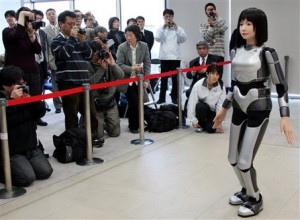
Your New Body
That loved one who “died” in the plane crash will be reloaded in to her new body. She will wake up with the memories of everything up until her backup. She may open her eyes and insist that she has a plane to catch.
